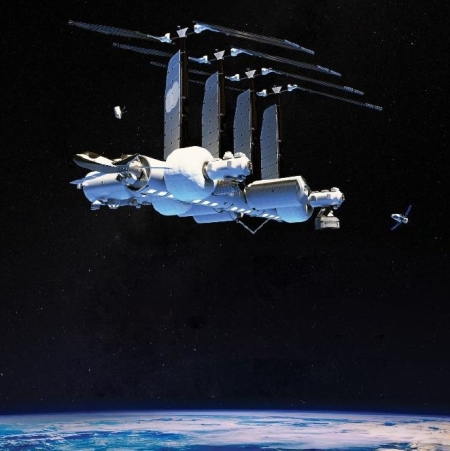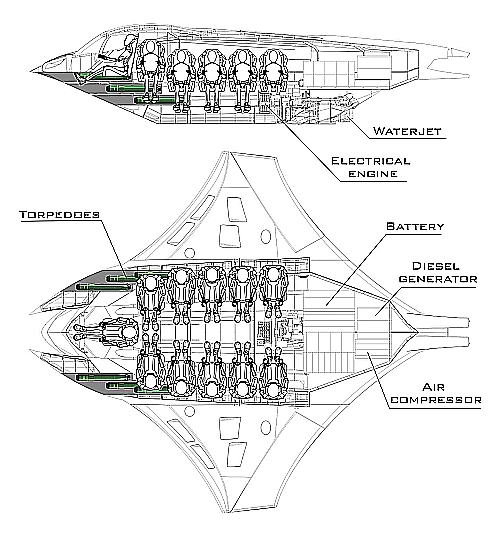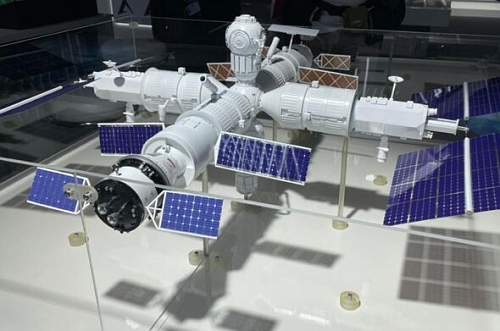Today’s blacklisted American: Christian chaplain for Austin fire dept fired for believing in Christianity

Andrew Fox
The modern dark age: Andrew Fox, who had been the chaplain for the fire department in Austin, Texas, was fired by the department’s fire chief, Joel Baker, because Fox had expressed some opinions on his own independent blog that Baker did not like.
Dr. Fox is an ordained minister who started Austin’s fire chaplaincy program and served as the city’s lead chaplain—a volunteer position—for eight years. After sharing on his personal blog his religious and commonsense view that men and women are biologically different and men should not compete on women’s sports teams, city officials demanded that Dr. Fox recant and apologize for expressing that view, and then proceeded to fire him.
More details here. Fox has now filed a lawsuit [pdf], which notes the following about the website where Fox posted his comments:
» Read more

Andrew Fox
The modern dark age: Andrew Fox, who had been the chaplain for the fire department in Austin, Texas, was fired by the department’s fire chief, Joel Baker, because Fox had expressed some opinions on his own independent blog that Baker did not like.
Dr. Fox is an ordained minister who started Austin’s fire chaplaincy program and served as the city’s lead chaplain—a volunteer position—for eight years. After sharing on his personal blog his religious and commonsense view that men and women are biologically different and men should not compete on women’s sports teams, city officials demanded that Dr. Fox recant and apologize for expressing that view, and then proceeded to fire him.
More details here. Fox has now filed a lawsuit [pdf], which notes the following about the website where Fox posted his comments:
» Read more











